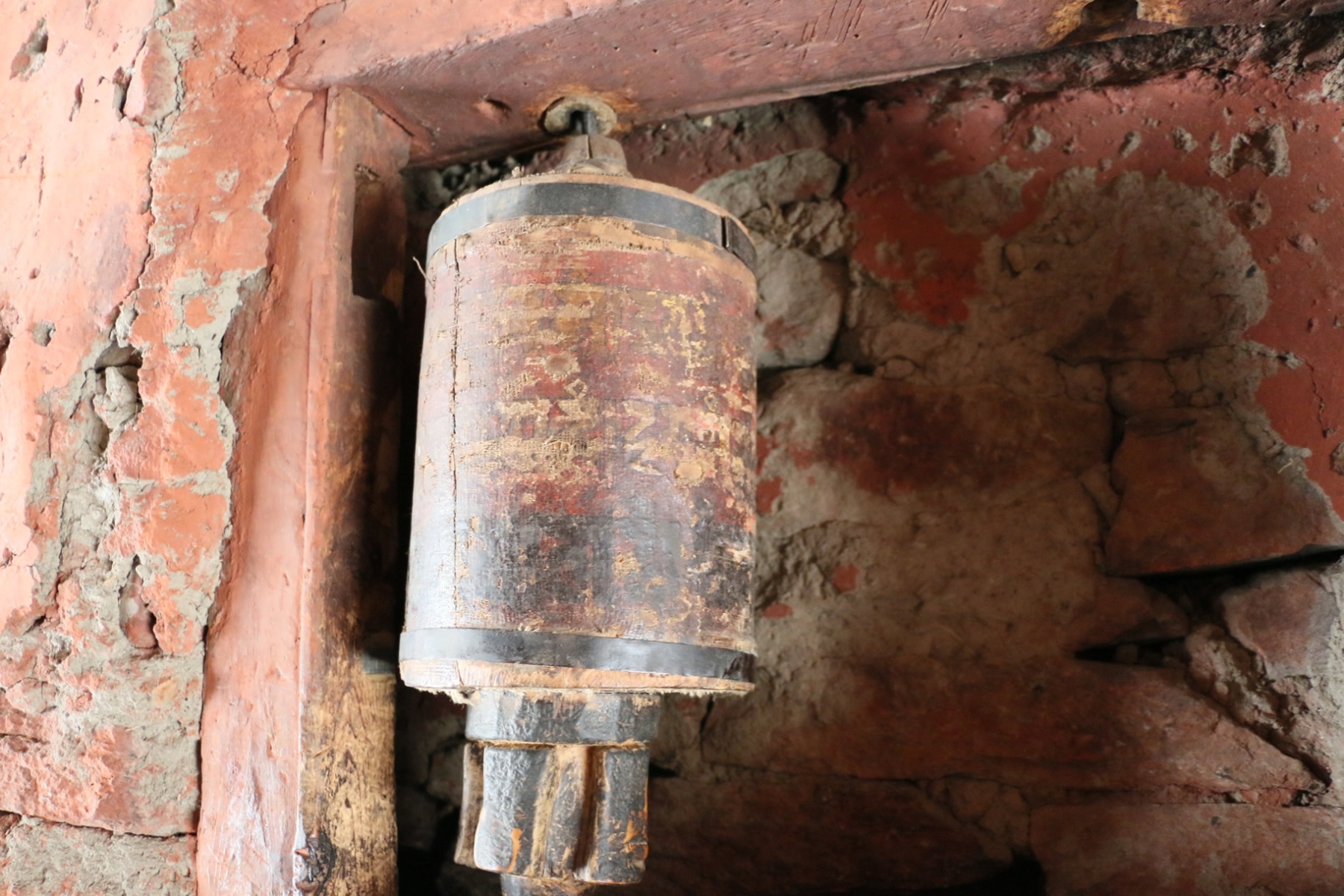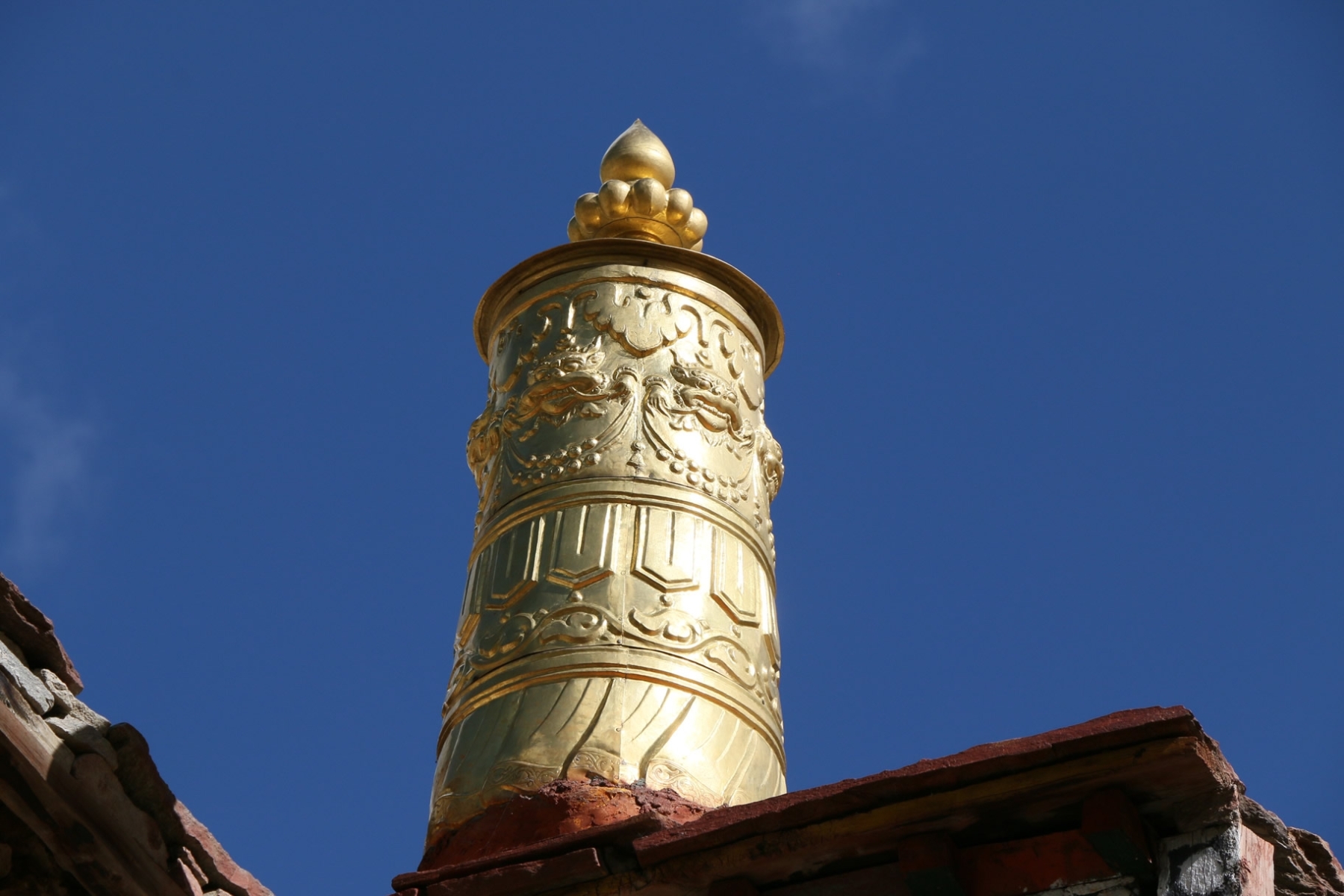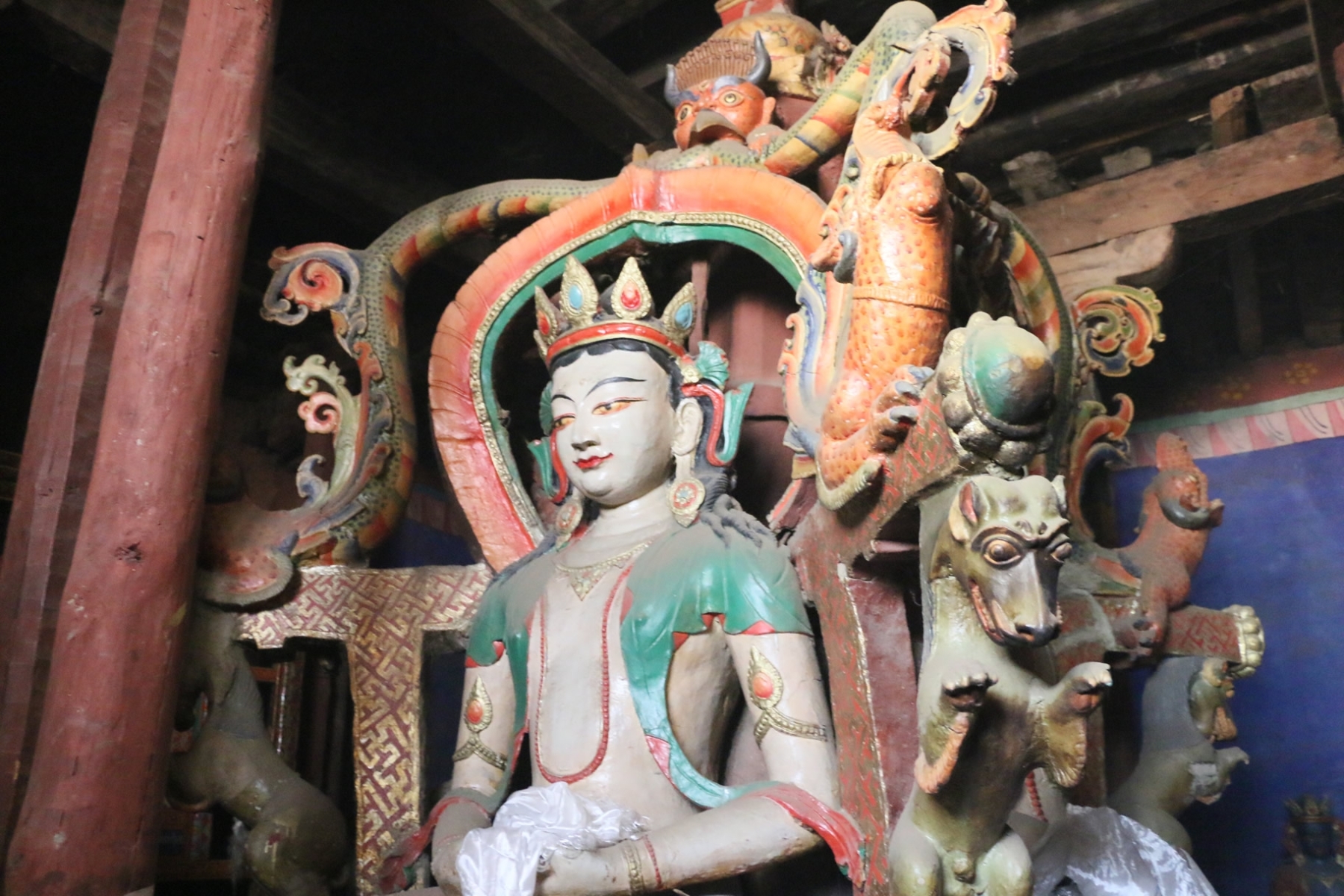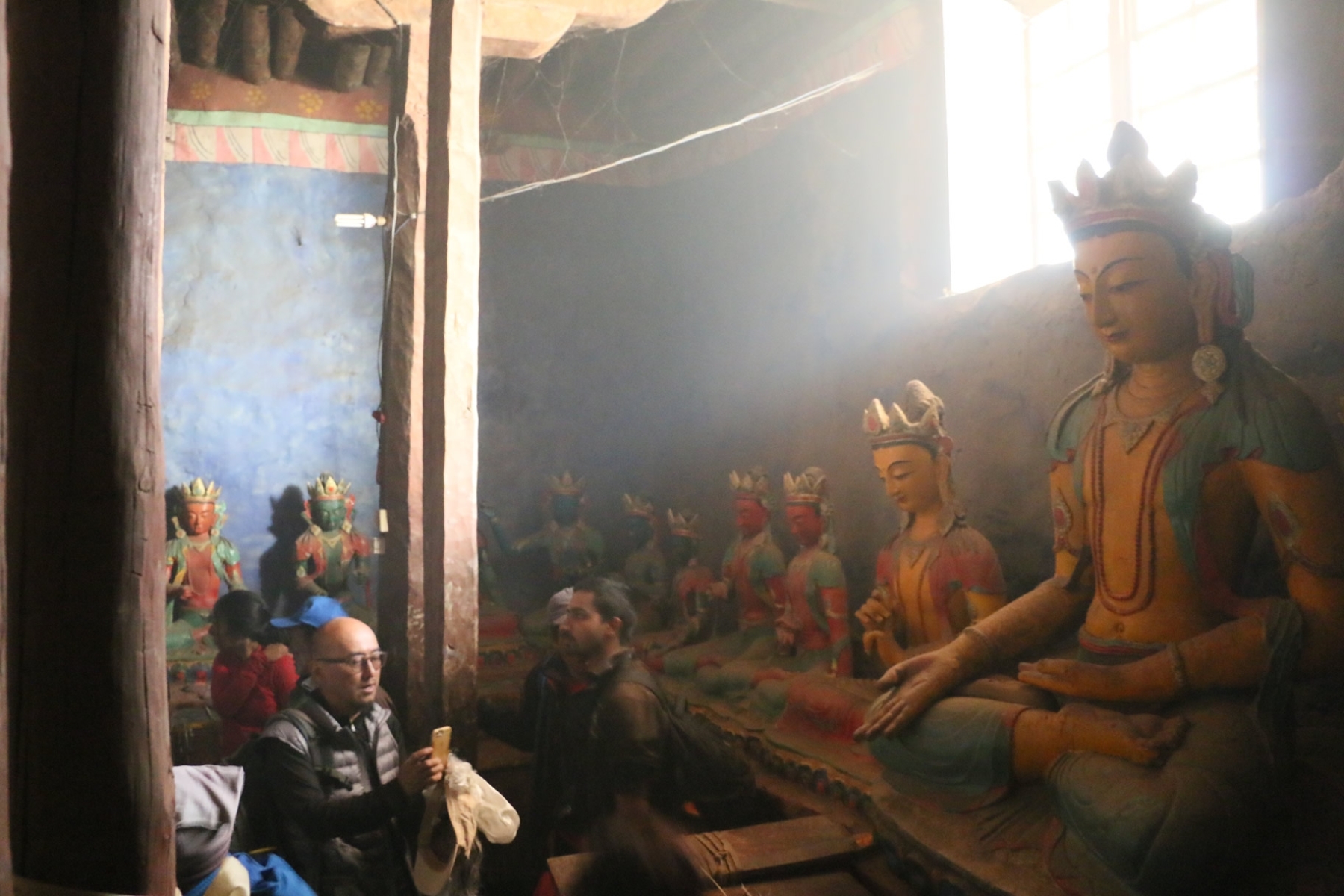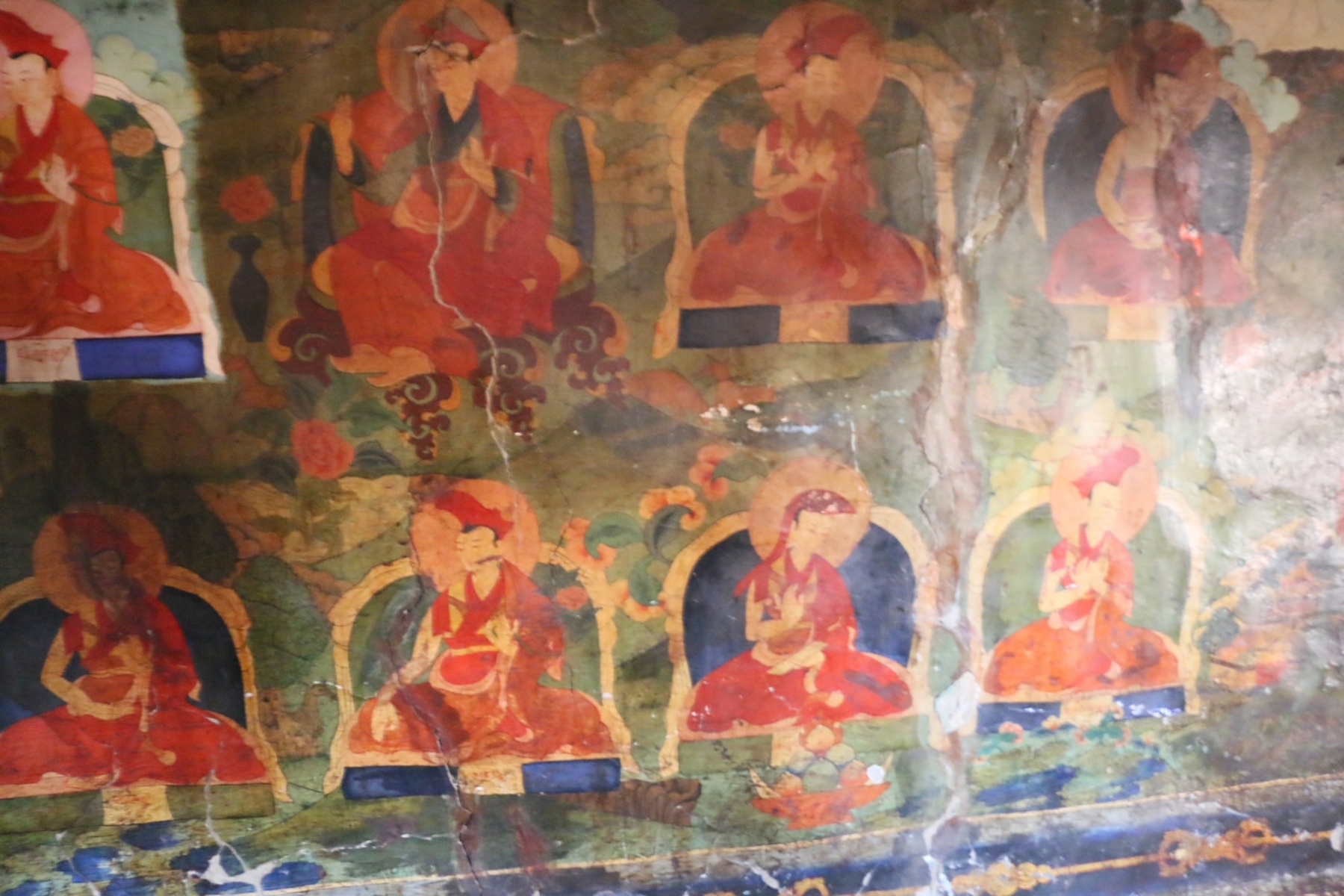This mapping project emerged out of the India China Institute’s Sacred Landscapes and Sustainable Futures Initiative (Sacred Himalaya Initiative), a three-year research project funded by the Luce Foundation. The aim of that project, which involved a team of researchers from India, China, Nepal and the United States, was to study and document relationships between religion and ecology, sacred landscapes, pilgrimage routes and ecological, economic and cultural sustainability and resilience in the Himalaya.
One component of that project was trying to understand how the concept of “sacred landscapes” was understood in the region in relation to Mount Kailash and Lake Manasarovar, two sites in western Tibet which are important for several Asian religious traditions. For the past several centuries, and possibly longer, this area has been an important site for religious pilgrims. While tracing these old historical pilgrimage routes, the ICI research team attempted to better understand and document the various meanings of “sacred” as they passed through the landscape. This website is one outcome–a work in progress–from those experiences.
This website originally began as a series of journal sketches in Kathmandu.
If you would like to learn more feel free to get in touch with us right here.























